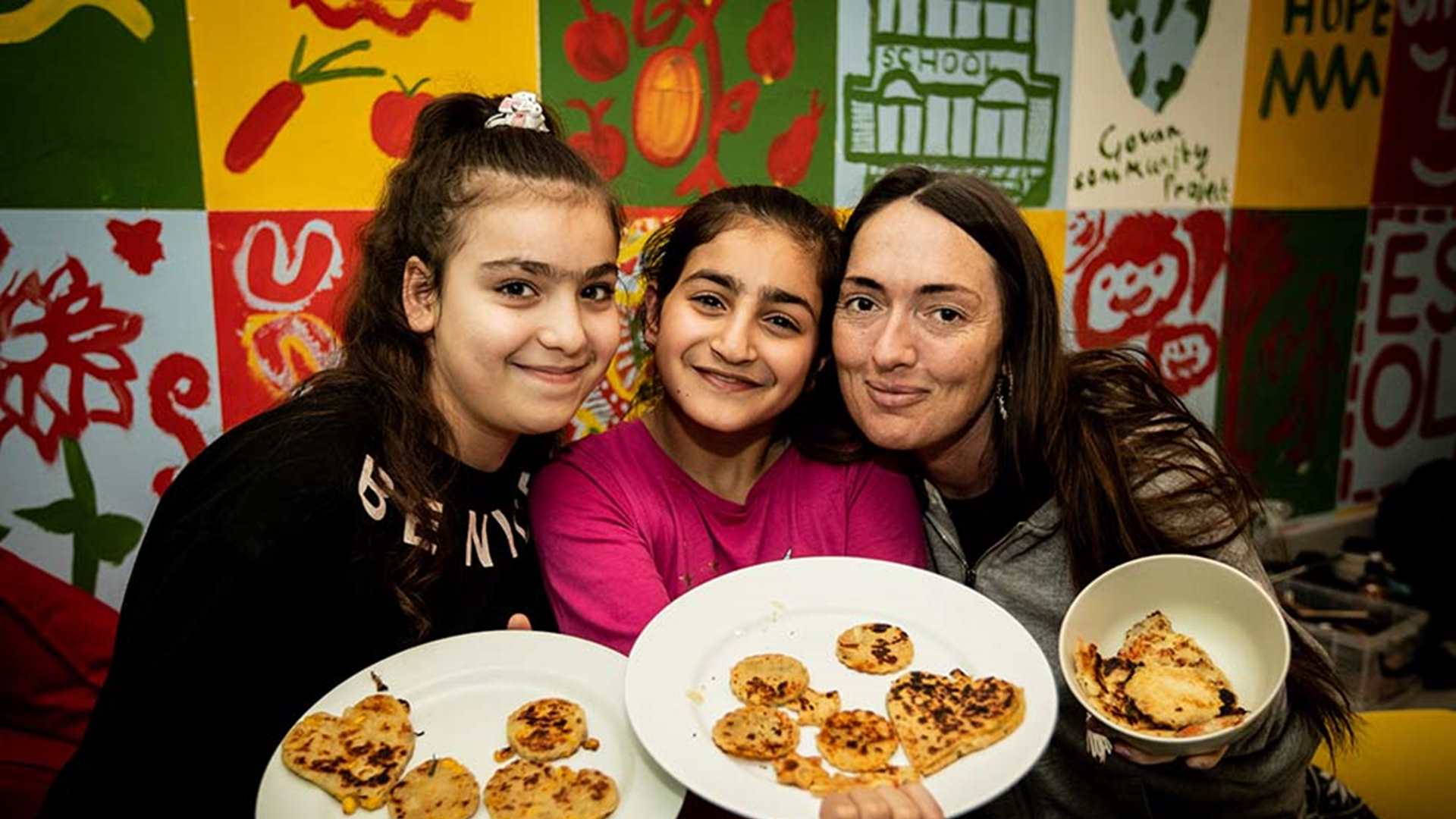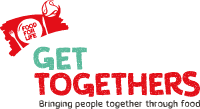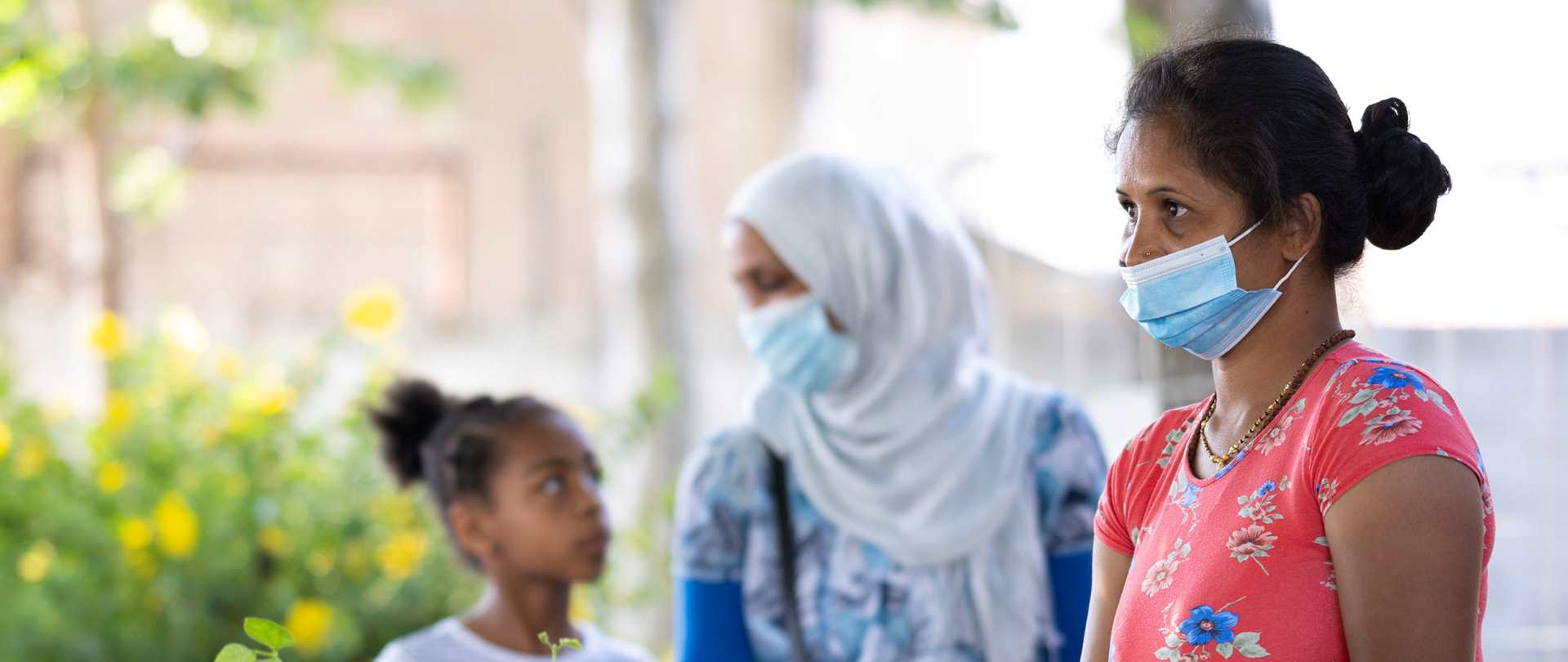How can I include diverse communities?
We are committed to developing our work and to being as inclusive as possible, and we’d like to support you to do the same.
First, it’s important to get to know your community and ask them what would help them to take part in a Get Together.
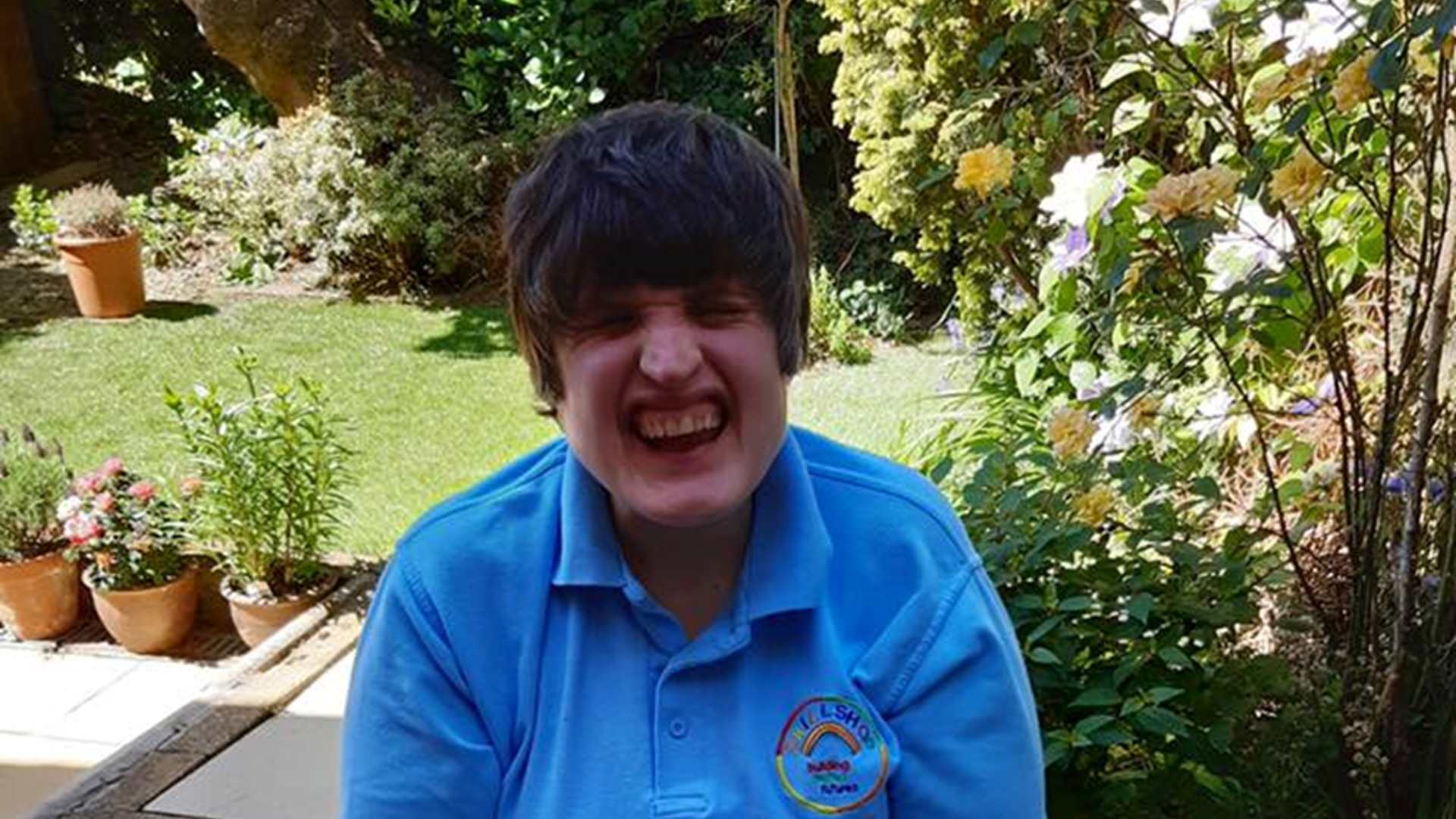
Who are your community?
There are lots of ways to get to know your community better. Surveys and social media work well, but often one of the easiest ways is to chat to people about your Get Together idea to see if it resonates. You may also want to connect with other groups or organisations who have done a Get Together or worked with your community before.
Once you know your community it will make it easier to plan what to do to help people get involved.
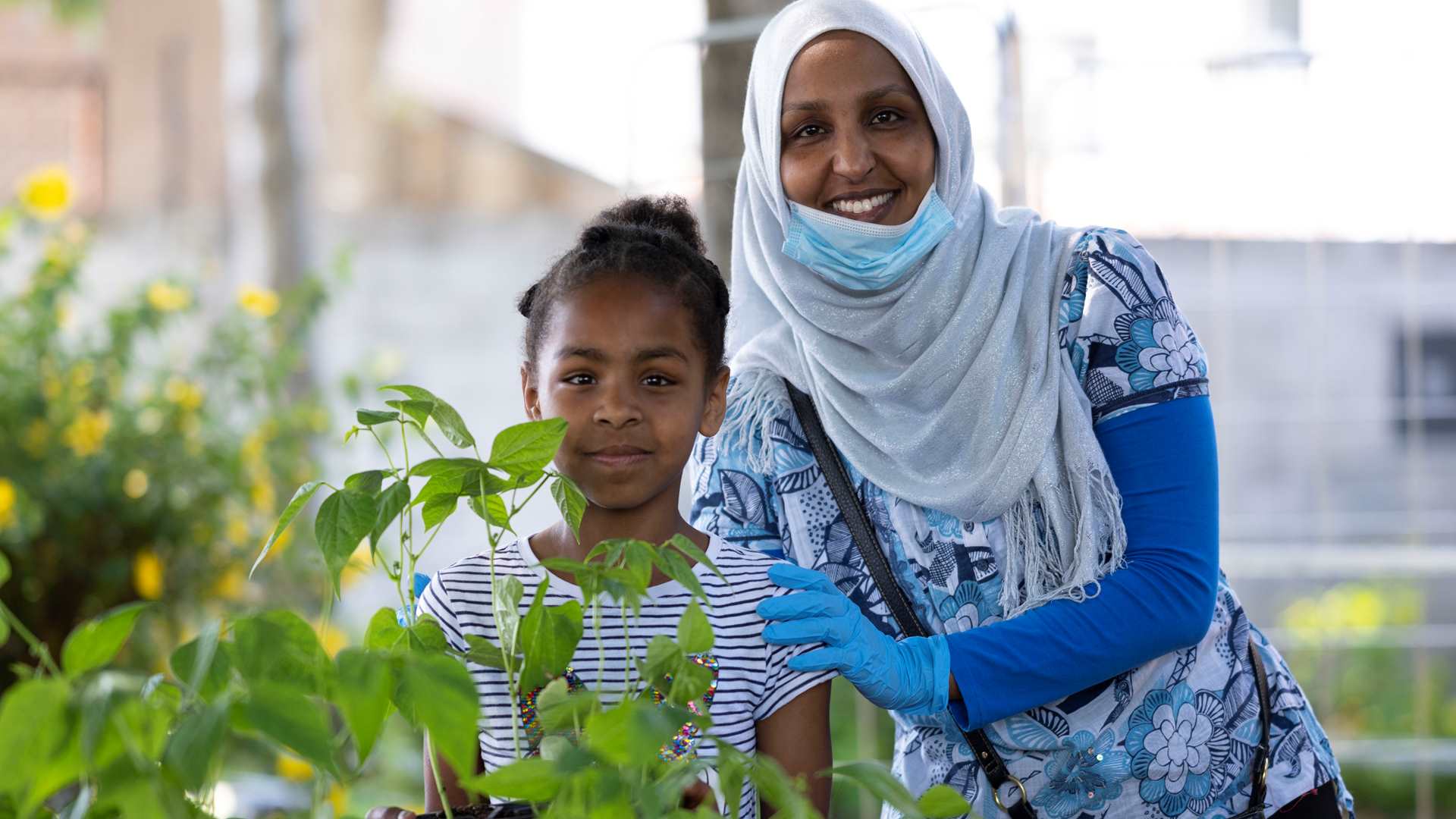
Consider accessibility
- Translate posters into other languages
- Ensure your venue is accessible to those with physical disabilities
- Make sure people can afford to take part if there is a cost involved
- Make your activity as dementia friendly and inclusive as possible
- Learn more about dementia
- Talk to disability organisations for advice and support
- Make sure that activities can be adapted for everyone to join in
- Read more about adapting activities for those with disabilities
- Read the Community Development National Occupational Standards
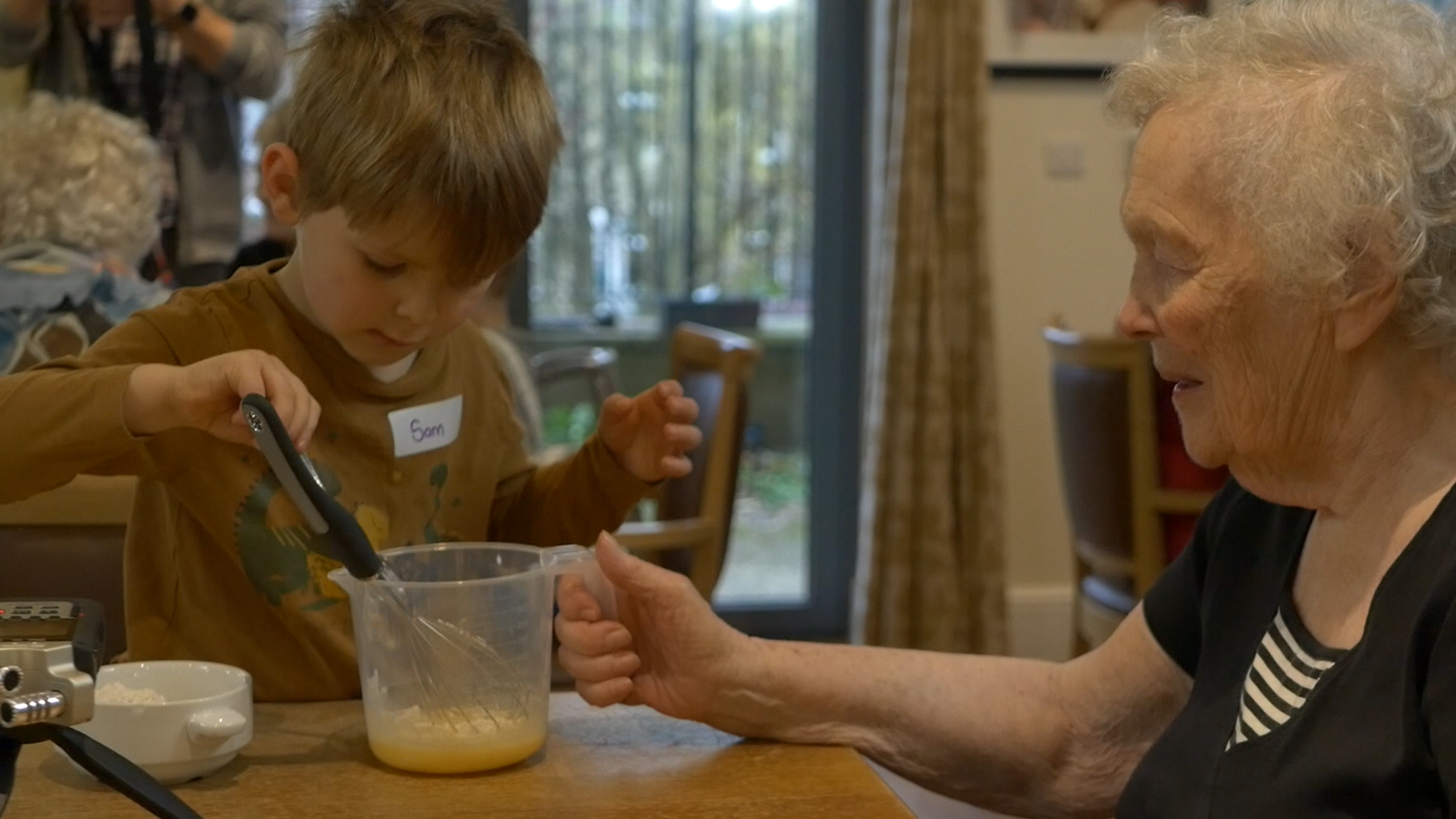
Diverse generations
If you're planning on bringing different generations together, check out our Guide to Intergenerational Practice.
Read about the principles of Intergenerational Practice and the enormous benefits of bringing generations together, which can help you support these connections.
“The sound of laughter and engagement between the generations created an atmosphere that was different in the home and has become a lasting memory for all involved.”
Jocelyn, Care Home Manager, Spa Nursing Home
Using Easy Read
Make sure any written resources are as accessible as possible.
An 'Easy Read' format can support many different needs. Easy Read is a way of writing that is easier to understand for everyone. It can also help make documents more accessible to people with English as a second language, young children, those with dementia and people with learning disabilities.
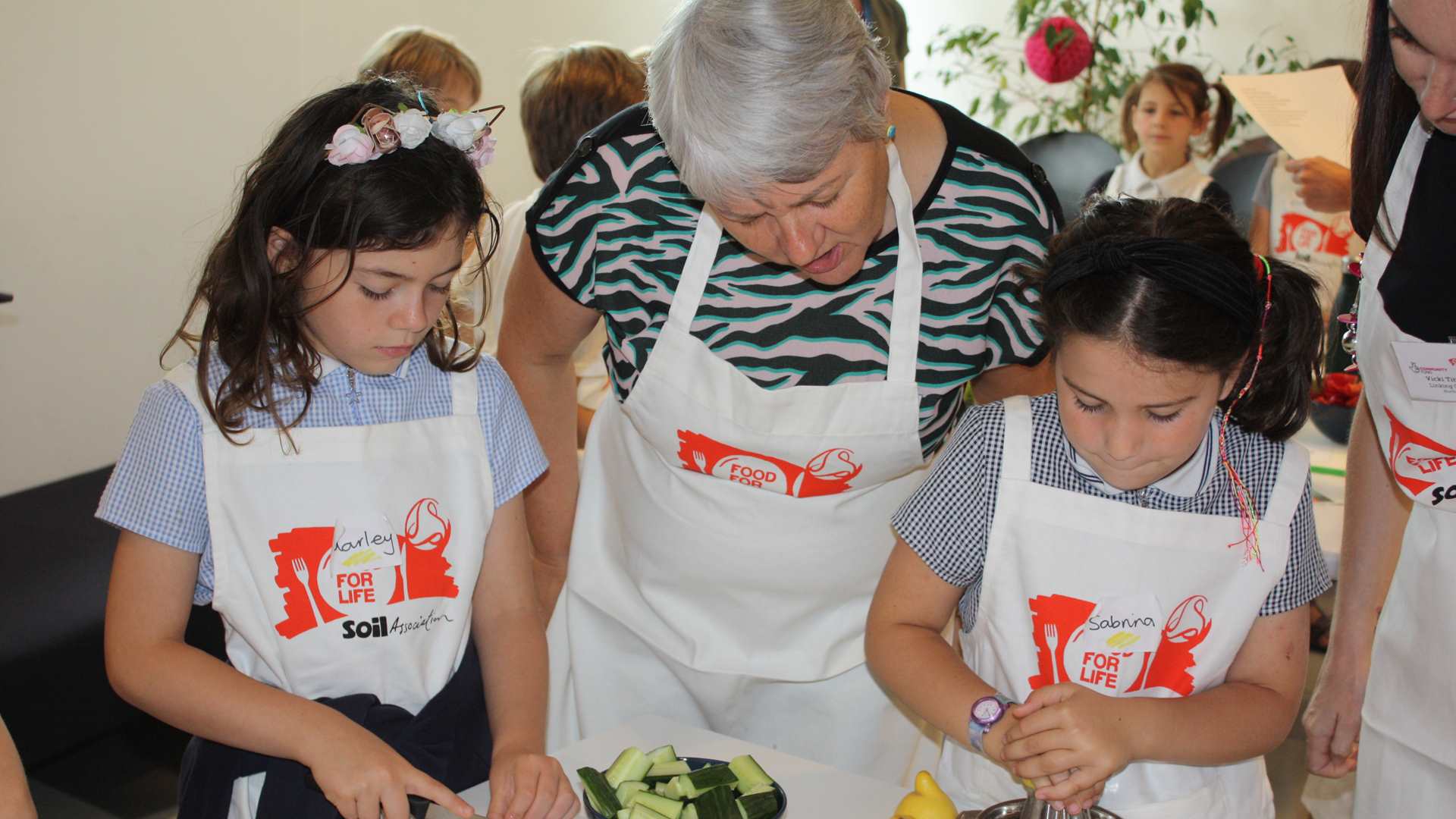
Our organisation
Bringing people from different generations or backgrounds together around good food is at the heart of what we do. We believe that working together not only strengthens communities but also creates a space for people to flourish and grow.
We are committed to diversity and inclusion in our organisation and are signatories of the Bristol Equality Charter.
